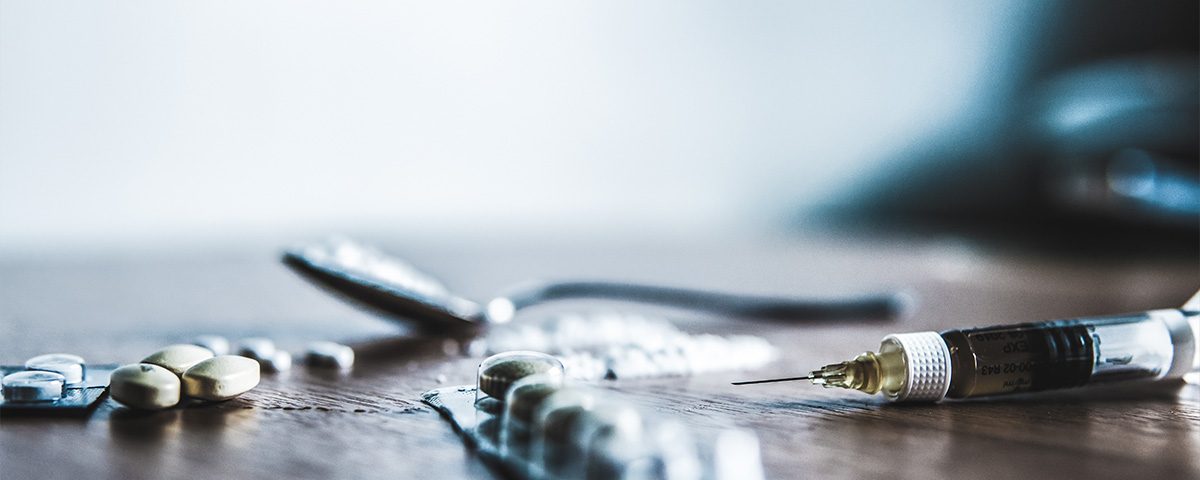On June 23, 2017 A 10-year-old boy named Alton Banks, from a drug-plagued Miami neighborhood died of a suspected fentanyl overdose according to news reports
His death marks one of Florida’s youngest victims of the opioid crisis. We do know that toxicology reports reveal he had fentanyl in his system and was unconscious the evening he was found. What we don’t know is how he came into contact with the deadly substance.
At a recent press conference, Miami-Dade State Attorney Katherine Fernandez-Rundle says, “Opioids have struck every community in this country beyond explanation, beyond imagination.” She is working hard at trying to uncover the facts as to how little Alton was exposed to the drug. The case gives us perspective of how strong and life-threatening fentanyl has become. Exposure to just small amounts can lead to severe illness and even death.
A father of three, Richard Keim, who received treatment at Banyan Treatment Center said he experienced fentanyl first-hand. “It ends up turning into a death sentence,” he told WSVN 7 news after he overdosed from the drug less than a year ago.
Richard never had a history of drug use until he became addicted to pain killers he was prescribed after undergoing several surgeries from an injury.
We see in many cases, people become addicted to prescription pain killers, or opiates. Once hooked, people start chasing down more pills as they become desperate to feed their addiction. After they exhausted all their resources, trips to the doctor for more prescriptions, and hustling pill mills that are still operating in parts of the country, they then resort to the streets. Dealers on the street can give you a cheaper fix like heroin which costs less than the pills.
Around 2012, South Florida began to see the crippling affects from a newly introduced substance called flakka and just a few years before that, bath salts were joked about as creating the zombie apocalypse when a man was eating the face of another man off a Miami causeway. It’s no myth that these powerful drugs are creating a storm of terrorizing behaviors, hospitalizations and deaths.
What is fentanyl and how are people typically introduced to it?
Fentanyl is a powerful synthetic opioid analgesic that is similar to morphine but is 50 to 100 times more potent. Nowadays, dealers are cutting (or lacing) their heroin with fentanyl telling their buyers that it will give off more of a rush and that it is stronger.
“Many of our clients at Banyan Treatment Center have legitimate pain issues and the prescribed medical “solution” to their pain has been opiates-including fentanyl. This “solution” has already proven to be an impressive failure as it has contributed to the exponential rise in opiate-addicted people and opiate-related deaths. The vast acceptance that opiates cannot and will not solve chronic pain issues but rather create a much more painful condition known as addiction needs to happen immediately,” says Kahlia Bersson, Clinical Director at Banyan Boca Raton Detox & Residential, located in Boca Raton, FL.
“At Banyan, we believe that it is not enough to treat the physical dependence on opiates and leave the underlying issues, like chronic pain, unaddressed. Banyan offers alternative non-narcotic medications, chiropractor, acupuncture, exercise, and yoga in addition to our therapeutic services to help provide our clients with alternative ways to manage their pain.
How do people use fentanyl and what does it look like?
Prescribing physicians administer it through injection, transdermal patch, or in lozenges. However, the fentanyl chemical properties associated with recent overdoses are made illegally in people’s homes. This form is typically sold as a powder, spiked on blotter paper, mixed in with heroin, or come as tablets in the form of opiates. People can swallow, snort, or inject fentanyl, or they can put blotter paper in their mouths so that the drug is absorbed through the mucous membrane.
How does fentanyl affect the brain?
Like heroin, morphine, and other opioid drugs, fentanyl works by binding to the body's opioid receptors. These are located in areas of the brain that control pain and emotions. When opioid drugs bind to these receptors, they increase dopamine levels, producing a state of euphoria and intense relaxation. Fentanyl's many affects are similar to those of heroin and cocaine. It brings the user under a state of euphoria, but it also comes with drowsiness, nausea, confusion, constipation, sedation, a higher tolerance of prolong use, respiratory depression and arrest, unconsciousness, coma, and death.









